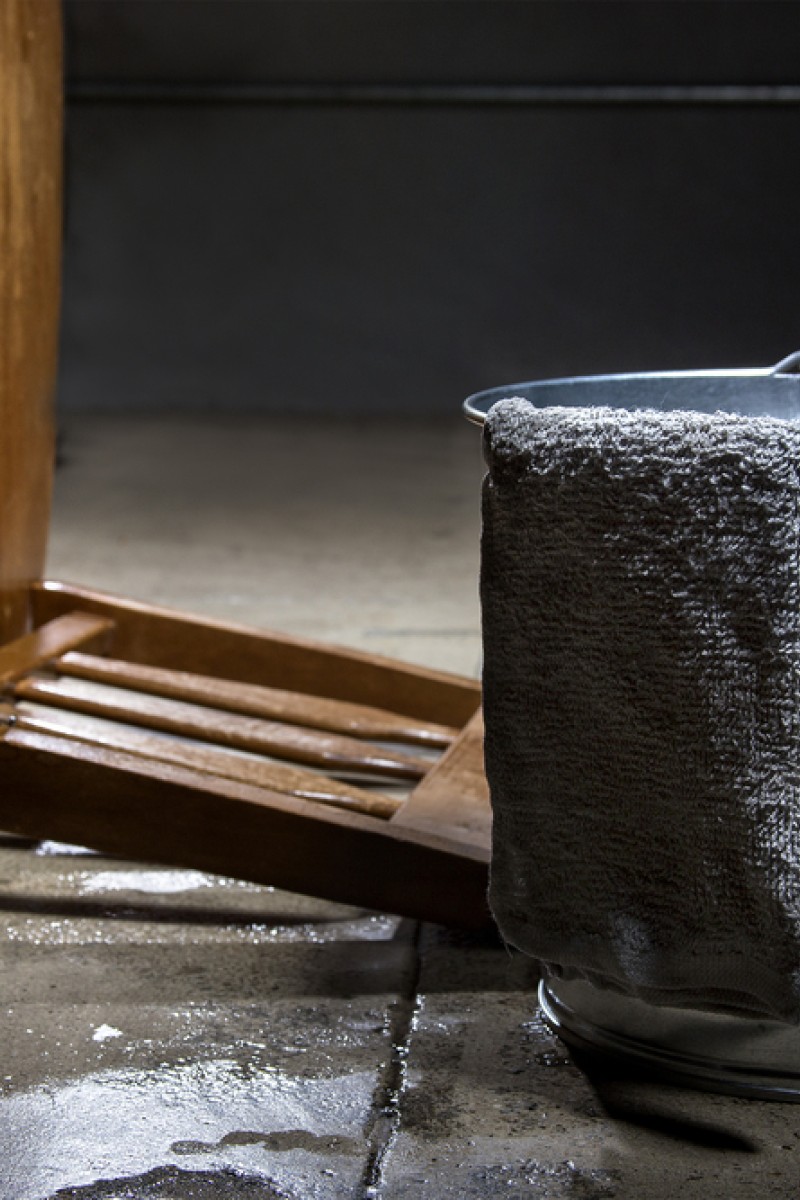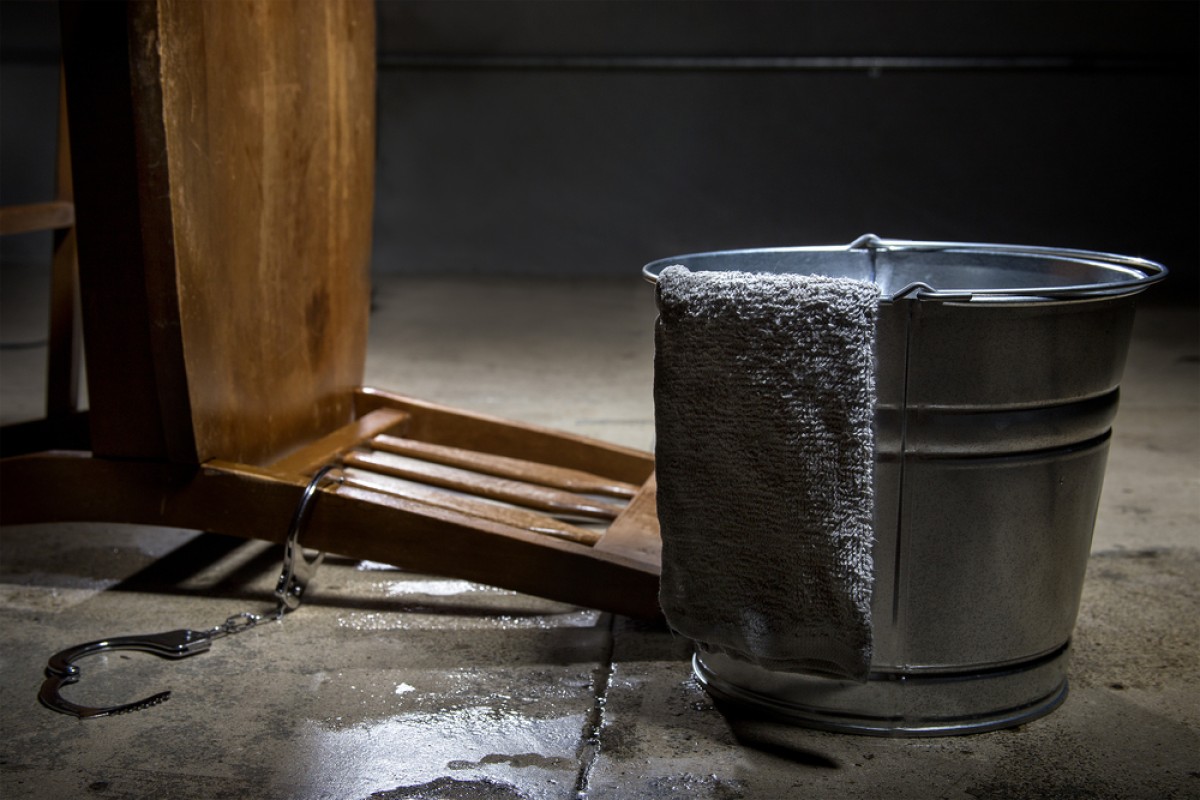
US President Donald Trump has said that he believes that waterboarding is an effective interrogation technique for use on terrorism suspects – but promises to take on board advice from the people around him before he commits to any action

In an interview yesterday, US President Donald Trump was asked about waterboarding. He said he had asked people at the highest level of intelligence, “‘Does it work? Does torture work?’ And the answer was, ‘Yes, absolutely’.” Trump went on to say, “Do I feel it works? Absolutely, I feel it works.”
He said he would rely on the advice of his defense secretary, James Mattis, and Central Intelligence Agency (CIA) director, Mike Pompeo, before he would bring back waterboarding. It is now illegal under US law to waterboard a suspect. Mattis and Pompeo have both said they would oppose its reintroduction as an interrogation method used by the US government. Here are the answers to some basic questions about waterboarding and its history:
What is waterboarding?
Waterboarding is an interrogation technique that simulates the feeling of being drowned. A person is strapped to a board with the upper part of his body sloping downwards. Then, a cloth is placed over the person’s mouth, and water is poured over his face, causing the person to have difficulty breathing and to feel as if his lungs are filling with water. CIA medical staff said that the process was dangerous enough that they required resuscitation, which means reviving someone from unconsciousness or apparent death, and medical equipment to be placed in rooms where waterboarding took place.
When was it first used?
According to historians, waterboarding dates to the Middle Ages and has been a form of torture in many conflicts. Japanese soldiers used it on American prisoners of war in the Second world war, and US soldiers used it when interrogating captured North Vietnamese soldiers. US military personnel are still trained on SERE (Survival Evasion Resistance Escape) techniques and subjected to waterboarding in training situations to help them resist if they are captured.
How did it come back into use by the US after the September 11 attacks in 2001?
The CIA hired two former military psychologists after September 11 to assist in the interrogation of al-Qaeda prisoners held at secret CIA prisons. The psychologists, James Mitchell and John “Bruce” Jessen, helped develop interrogation techniques, including waterboarding, for the agency to use on terrorism suspects.
Which terrorist suspects have been waterboarded and where?
Three CIA detainees were waterboarded after the September 11 attacks. Abu Zubaydah, an alleged al-Qaeda facilitator, was the first to be waterboarded. In 2002, while being held in Thailand, Zubaydah was waterboarded 83 times. Abd Al-Rahim al-Nashiri, an al-Qaeda operative accused of involvement in the bombing of the USS Cole in Yemen in 2000, was waterboarded two times in 2002 in Thailand. Khalid Sheikh Mohammed, accused of being one of the main planners of the September 11 attacks, was waterboarded 183 times in one month after his capture in 2003. Zubaydah, Nashiri and Mohammed are all currently held at Guantanamo Bay in Cuba where Nashiri and Mohammed have been charged with war crimes in military commissions.
Did the waterboarding of terrorist suspects lead to actionable intelligence?
Opinions on the successful use of torture vary and are the subject of intense debate. After a study the Senate Intelligence Committee concluded the CIA’s use of torture and other harsh interrogation techniques did not produce unique intelligence that had not been replicated elsewhere or obtained through other means. Senior CIA officials said the agency’s interrogation programme, including the use of waterboarding, had produced intelligence that among other things led to the identification of Osama bin Laden’s hideout in Pakistan.
Is it still legal?
No. Former US President Barack Obama banned the use of torture as an interrogation technique in 2009. The Army Field Manual, which now guides interrogations by US officials overseas, prohibits “cruel, inhuman, and degrading treatment”. Waterboarding is one of eight techniques of interrogation expressly prohibited from being used in the field.
What have Trump’s Cabinet nominees said about waterboarding?
During his Senate confirmation hearing, CIA director Mike Pompeo said he would “absolutely not” restart the use of waterboarding. He added that he could not “imagine that I would be asked that by the president”. Defense Secretary James Mattis told Trump at a meeting in November that he did not find the technique of waterboarding to be useful. Mattis said, ”I’ve always found, give me a pack of cigarettes and a couple of beers, and I do better with that than I do with torture.”